Home>Garden Essentials>What Kind Of Sand For Kids’ Play Area?
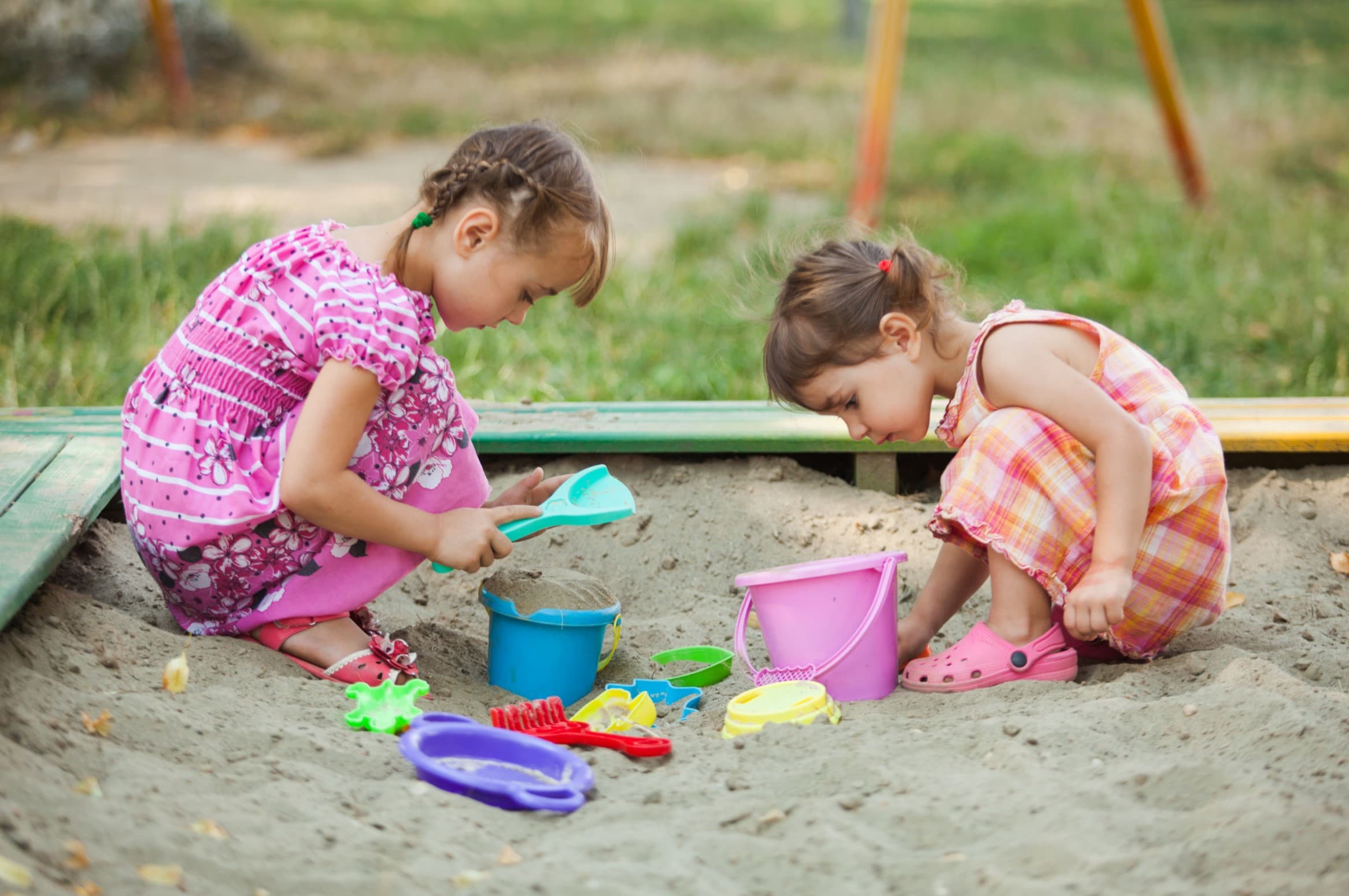

Garden Essentials
What Kind Of Sand For Kids’ Play Area?
Modified: October 20, 2024
Discover the perfect type of sand for your garden play area. Find out which sand is safe and suitable for kids' play, ensuring endless fun and safety in the garden.
(Many of the links in this article redirect to a specific reviewed product. Your purchase of these products through affiliate links helps to generate commission for Storables.com, at no extra cost. Learn more)
Introduction
Welcome to the wonderful world of children’s play areas! Creating a space where kids can let their imaginations run wild and engage in active play is not only beneficial for their physical and mental development but also provides them with hours of fun and entertainment. One essential element of any play area is sand.
Sand has long been a staple in play areas, as it offers numerous benefits for children of all ages. It stimulates their senses, encourages creativity, and provides an opportunity to explore and experiment. However, not all sand is created equal, and choosing the right type of sand for a kids’ play area is vital for their safety and enjoyment.
In this article, we will explore the importance of selecting the appropriate sand for a play area, discuss various factors to consider when making a choice, differentiate between different types of sand available, and provide safety precautions and maintenance tips to ensure a clean and safe play environment for your little ones.
Key Takeaways:
- Choose play sand for a safe and fun play area. It’s clean, moldable, and meets safety standards, ensuring an enjoyable experience for kids of all ages.
- Keep the sand play area clean and safe. Regular maintenance, hygiene practices, and supervision create a secure and inviting space for children to play and explore.
Benefits of Having a Play Area for Kids
Having a play area specifically designed for kids is more than just an opportunity for them to have fun; it offers a wide range of benefits for their physical, cognitive, and social development. Let’s explore some of the key advantages:
- Physical Development: Play areas provide children with an environment where they can engage in various physical activities, such as running, jumping, climbing, and balancing. These activities help improve their coordination, strength, and overall motor skills.
- Mental Stimulation: Play areas stimulate children’s minds, encouraging them to explore, problem-solve, and use their imagination. It enhances their cognitive skills, creativity, and critical thinking abilities at an early age.
- Social Interaction: Play areas offer opportunities for children to interact with their peers, promoting healthy social relationships and teaching them valuable social skills such as sharing, taking turns, and cooperating. It helps them develop empathy, communication skills, and teamwork.
- Sensory Development: The various textures, sounds, and sights found in a play area provide a multisensory experience for children. Playing in sand, for example, helps develop their tactile senses, allowing them to explore different sensations and textures.
- Emotional Well-being: Play areas provide a safe and nurturing environment for children to express their emotions freely. Engaging in play helps reduce stress, anxiety, and frustration while promoting happiness, positivity, and overall emotional well-being.
With these benefits in mind, it becomes essential to create a play area that is not only engaging but also safe for children to enjoy. Choosing the right type of sand for the play area is one crucial aspect to consider in ensuring their overall experience is enjoyable and risk-free.
Importance of Choosing the Right Sand for Kids’ Play Area
When it comes to creating a play area for kids, the type of sand you choose plays a significant role in their safety and enjoyment. Here’s why selecting the right sand is of utmost importance:
- Safety: Safety should always be the top priority when it comes to children’s play areas. Choosing the right sand ensures that it is free from harmful substances, such as contaminants and chemicals, that could potentially harm children. It should also be free from sharp objects or debris that may cause injuries.
- Hygiene: Children often enjoy digging, building, and getting their hands dirty in the sand. It’s crucial to choose a sand type that is clean, washed, and free from any bacteria or parasites that could pose a health risk to children. Regular maintenance and proper cleaning techniques are essential to maintain a hygienic play environment.
- Texture and Playability: The texture and playability of the sand greatly influence children’s enjoyment and engagement. It should be soft, fine-grained, and easy to mold, allowing children to build sandcastles and shape it without any difficulty. The right sand will enhance their sensory experience and encourage imaginative play.
- Water Absorption: If you plan to incorporate water play in your play area, choosing sand that has good water absorption properties is crucial. This will allow the sand to hold moisture and provide an ideal surface for activities like digging channels, creating moats, or simply enjoying the sensation of wet sand.
- Durability: Since play areas are subject to constant use, it is important to choose sand that is durable and long-lasting. This ensures that the sand will not break down easily, maintaining its consistency and quality over time.
By carefully considering these factors, you can create a play area that not only meets the highest safety standards but also provides an immersive and enjoyable play experience for children of all ages.
Factors to Consider When Choosing Sand for Play Areas
Choosing the right sand for your kids’ play area involves considering various factors to ensure a safe and enjoyable experience. Here are some essential factors to keep in mind:
- Safety Certification: Look for sand that has been tested and certified as safe for children. This certification ensures that the sand meets specific safety standards, including being free from harmful substances or contaminants that could pose health risks.
- Grain Size: Opt for sand with a fine to medium grain size. This type of sand is easier to shape and mold, making it ideal for building sandcastles and digging. Avoid coarse sand, as it can be abrasive and uncomfortable for young children’s sensitive skin.
- Non-Toxic: Choose sand that is non-toxic and free from chemicals or dyes. Children often explore the world through their mouths, and it’s important to ensure the sand is safe if accidentally ingested.
- Sand Color: Consider the color of sand based on your desired aesthetic and the play environment you want to create. Typical sand colors include natural beige, white, or even colored sand for a more vibrant play area.
- Water Compatibility: If you plan to incorporate water features or water play in the play area, choose sand that is compatible with water. Look for sand that doesn’t clump or become too soggy when wet, as this can affect its playability.
- Accessibility: Consider the accessibility of the sand for all children, including those with physical disabilities. Make sure the sand is easy to access for children in wheelchairs or with mobility challenges, ensuring an inclusive play experience.
- Availability: Consider the availability of the sand in your area. It’s important to choose sand that is easily accessible and can be replenished if needed due to wear and tear or maintenance.
- Budget: Set a budget for your play area and choose sand that fits within your financial limitations. While safety and quality are paramount, it’s still possible to find suitable options that are cost-effective.
By considering these factors, you can make an informed decision when selecting the most suitable sand for your kids’ play area, ensuring a safe and enjoyable environment for them to explore, imagine, and play.
Types of Sand Suitable for Kids’ Play Areas
When it comes to choosing sand for kids’ play areas, there are several options available. Each type of sand offers unique characteristics and suitability for different play activities. Here are some common types of sand suitable for kids’ play areas:
- Play Sand: Play sand is specifically designed for children’s play areas. It is fine-grained, soft, and easy to mold, making it perfect for building sandcastles, digging, and creating shapes. Play sand is typically washed and sterilized to ensure it is clean and safe for children. It is available in various natural colors, such as beige or white, or even colored options for added visual appeal.
- Sandbox Sand: Sandbox sand is similar to play sand and offers similar characteristics. It is often called “washed sand” and is free from debris, dust, or contaminants. Sandbox sand is versatile, allowing children to engage in a variety of play activities such as building, digging, and sensory exploration.
- Paving Sand: Paving sand is coarser in texture and typically used for outdoor paving projects. However, it can also be suitable for play areas. Paving sand offers good drainage and stability, making it ideal for areas that might experience heavy rainfall or water play. It provides a different sensory experience for children due to its coarser grain size.
- Aquarium Sand: Aquarium sand is fine-grained and smooth, making it suitable for sensory play in smaller play areas or sensory tables. It is often used in sensory play activities involving water, such as creating a mini beach or underwater-themed play. Aquarium sand is available in different colors to add visual interest to the play area.
- Construction Sand: Construction sand, also known as builders’ sand, is coarse-grained and typically used for construction projects. While it may not be the ideal choice for play areas due to its rough texture, it can still be suitable for more robust play activities such as building forts or creating construction-themed play areas.
When selecting the type of sand for your kids’ play area, consider the specific requirements of the play activities, age range of the children, and desired sensory experiences. It is essential to choose sand that is safe, clean, and appropriate for your play area to ensure optimal enjoyment and engagement for the children.
When choosing sand for a kids’ play area, look for clean, fine-grained sand that is free of rocks and debris. It should also be non-toxic and safe for children to play with. Avoid using beach sand, as it may contain salt and other impurities.
Read more: What Kind Of Sand To Put On Grass
Play Sand vs. Sandbox Sand: What’s the Difference?
When it comes to choosing sand for kids’ play areas, you may come across terms like “play sand” and “sandbox sand.” While these terms are often used interchangeably, there are some differences between the two. Let’s explore these differences:
Play Sand: Play sand is specifically formulated for children’s play areas. It is typically made from finely ground quartz or silica and is carefully washed and sterilized to ensure it is clean and safe for kids. Play sand is fine-grained, soft, and easy to mold, making it perfect for building sandcastles, digging, and shaping. It provides a smooth and enjoyable sensory experience for children. Play sand is available in various natural colors, such as beige or white, and can also be found in colored options for added visual appeal. It is designed to meet safety standards and is free from contaminants or harmful substances.
Sandbox Sand: Sandbox sand is often used synonymously with play sand, but it can sometimes refer to sand that is specifically labeled for use in sandboxes. Sandbox sand is usually washed to remove impurities and debris, ensuring it is clean and safe for play. It offers similar characteristics to play sand, such as being fine-grained and moldable, making it suitable for building sandcastles and engaging in digging activities. However, it is essential to read the label or product description to ensure that the sandbox sand you choose is suitable for kids and meets safety standards. Some sandbox sands may vary in quality and may not be specifically formulated for children’s play areas.
The main difference between play sand and sandbox sand lies in the level of quality assurance and safety standards. Play sand is specially manufactured and tested to meet safety standards, ensuring it is clean, non-toxic, and free from harmful substances. On the other hand, sandbox sand may refer to any sand recommended for use in a sandbox, which may or may not undergo the same level of scrutiny in terms of safety and quality.
When choosing sand for your kids’ play area, it is crucial to consider the specific requirements and safety needs. If in doubt, opt for play sand that is specifically designed for children’s play areas, as it provides peace of mind knowing that the sand is safe, clean, and suitable for play.
Remember, regardless of whether you choose play sand or sandbox sand, regular maintenance and upkeep of the sand area are essential to ensure a clean and safe play environment for your little ones.
Safety Precautions to Take When Using Sand in Play Areas
While sand can provide countless hours of fun and creative play for children, it’s essential to prioritize safety when using sand in play areas. Here are some key safety precautions to consider:
- Sandbox Sturdy Construction: Ensure that the sandbox or play area structure is sturdy, well-built, and free from sharp edges or protruding nails that may cause injuries. Regularly inspect the sandbox for any signs of wear and tear and make necessary repairs to maintain its safety.
- Surrounding Impact Absorbent Material: If your play area includes a sand pit, ensure that it is surrounded by an impact-absorbent material such as rubber mats, wood chips, or grass. This provides an additional layer of protection in case children fall or stumble while playing in the sand area.
- Regular Sand Maintenance: Regularly inspect the sand for any sharp objects, debris, or foreign materials that may pose a hazard to children. Remove any broken toys, glass, or sharp stones immediately. Raking the sand regularly will help keep it fresh, clean, and free from potential hazards.
- Hygiene Practices: Promote good hygiene practices by encouraging children to wash their hands before and after playing in the sand. Provide a water source and soap or hand sanitizer near the play area for easy access.
- Supervision: Always supervise children while they are playing in the sand. Keep a watchful eye to ensure they are using the sand appropriately and not engaging in any dangerous or unsafe behaviors. Actively supervise younger children to prevent them from putting sand in their mouths, which can pose a choking hazard.
- Safe Play Rules: Establish and enforce safe play rules for the sand area. Teach children not to throw sand, as it can harm others’ eyes or cause discomfort. Encourage gentle play and sharing of toys to minimize the risk of accidents.
- Sun Safety: If the play area is exposed to direct sunlight, provide shade structures or use umbrellas to protect children from prolonged exposure to UV rays. Encourage the use of sunscreen, hats, and appropriate clothing to prevent sunburn and sun-related health risks.
- Allergy Awareness: Be mindful of any potential sand allergies or sensitivities among the children. If a child has known allergies to silica or other sand components, consider alternative play materials to ensure their safety.
By adhering to these safety precautions, you can create a secure and enjoyable play environment for children, minimizing the risk of accidents or injuries while they explore and play in the sand.
Maintenance Tips for Keeping the Sand Play Area Clean and Safe
Keeping the sand play area clean and well-maintained is crucial to ensure a safe and enjoyable experience for children. Here are some maintenance tips to help you keep the sand play area clean and safe:
- Rake the Sand Regularly: Regularly rake the sand to remove any debris, leaves, or small objects that may have accumulated. Raking also helps to level the sand and distribute it evenly, preventing the formation of uneven or compacted areas.
- Inspect for Hazards: Conduct routine inspections of the sand play area to identify and remove any potential hazards. Check for sharp objects, broken toys, or any other items that could cause harm to children. Promptly remove and replace any damaged or unsafe equipment.
- Address Moisture and Mold: Sand play areas can sometimes accumulate moisture, which can lead to the growth of mold or bacteria. Regularly check the moisture levels and address any wet spots or standing water promptly. Use proper drainage techniques to ensure the sand stays dry and free from mold or mildew.
- Replace Sand when Necessary: Over time, the sand in the play area may become worn out or contaminated. If the sand becomes heavily soiled, discolored, or develops an unpleasant odor, it may be time to replace it with fresh, clean sand. Regularly replenishing the sand ensures a clean and hygienic play environment.
- Control Weeds and Vegetation: Keep the surrounding area of the play area free from weeds and vegetation. Weeds can sprout, grow, and spread into the sand, making it less clean and more difficult for children to play. Regularly remove any unwanted vegetation to maintain a clean and weed-free play area.
- Education on Proper Usage: Educate children on the proper usage of the sand play area. Teach them not to throw sand, keep it away from their eyes or mouth, and encourage gentle play. By setting guidelines for appropriate use, you can minimize the risk of accidents and maintain a safer play environment.
- Regular Sanitization: Periodically sanitize the sand play area to prevent the spread of germs and bacteria. This can be done by misting the sand with a diluted bleach solution or using a child-friendly disinfectant spray. Follow the manufacturer’s instructions carefully and make sure to rinse the sand thoroughly afterward.
- Encourage Personal Hygiene: Promote good personal hygiene practices for children using the sand play area. Encourage them to wash their hands thoroughly before and after playtime. Provide easy access to handwashing stations or hand sanitizer to maintain cleanliness and minimize the risk of spreading germs.
By implementing these maintenance tips, you can ensure that the sand play area remains clean, safe, and inviting for children to enjoy. Regular maintenance not only enhances the play experience but also prolongs the lifespan and usability of the play area.
Conclusion
Creating a dedicated play area for kids is a wonderful way to foster their physical, cognitive, and social development while providing endless hours of fun and excitement. When it comes to designing a play area, choosing the right type of sand is crucial for both safety and enjoyment.
By considering factors such as safety, texture, water compatibility, and availability, you can select the most suitable sand for your play area. Play sand and sandbox sand are popular options that offer fine grain sizes, moldability, and cleanliness. Additionally, paving sand and aquarium sand provide alternative choices for specific play experiences.
However, regardless of the type of sand you choose, it’s essential to prioritize safety precautions. Create a sturdy sandbox construction, surround the area with impact-absorbent materials, and regularly inspect and maintain the sand to remove any hazards. Promote hygiene practices, establish safe play rules, and ensure supervision when children are playing in the sand.
Regular maintenance is key to keeping the sand play area clean and safe. Rake the sand regularly, inspect for hazards, control moisture and mold, replace sand when necessary, and maintain a weed-free surrounding area. Educate children on proper usage and encourage personal hygiene habits to further enhance cleanliness and safety.
In conclusion, a carefully selected and well-maintained sand play area can provide children with a space to explore their creativity, develop motor skills, engage in sensory play, and foster social interaction. By considering the importance of choosing the right sand, practicing safety precautions, and implementing regular maintenance, you can create a play area that offers a safe, enjoyable, and enriching experience for children of all ages.
Frequently Asked Questions about What Kind Of Sand For Kids' Play Area?
Was this page helpful?
At Storables.com, we guarantee accurate and reliable information. Our content, validated by Expert Board Contributors, is crafted following stringent Editorial Policies. We're committed to providing you with well-researched, expert-backed insights for all your informational needs.
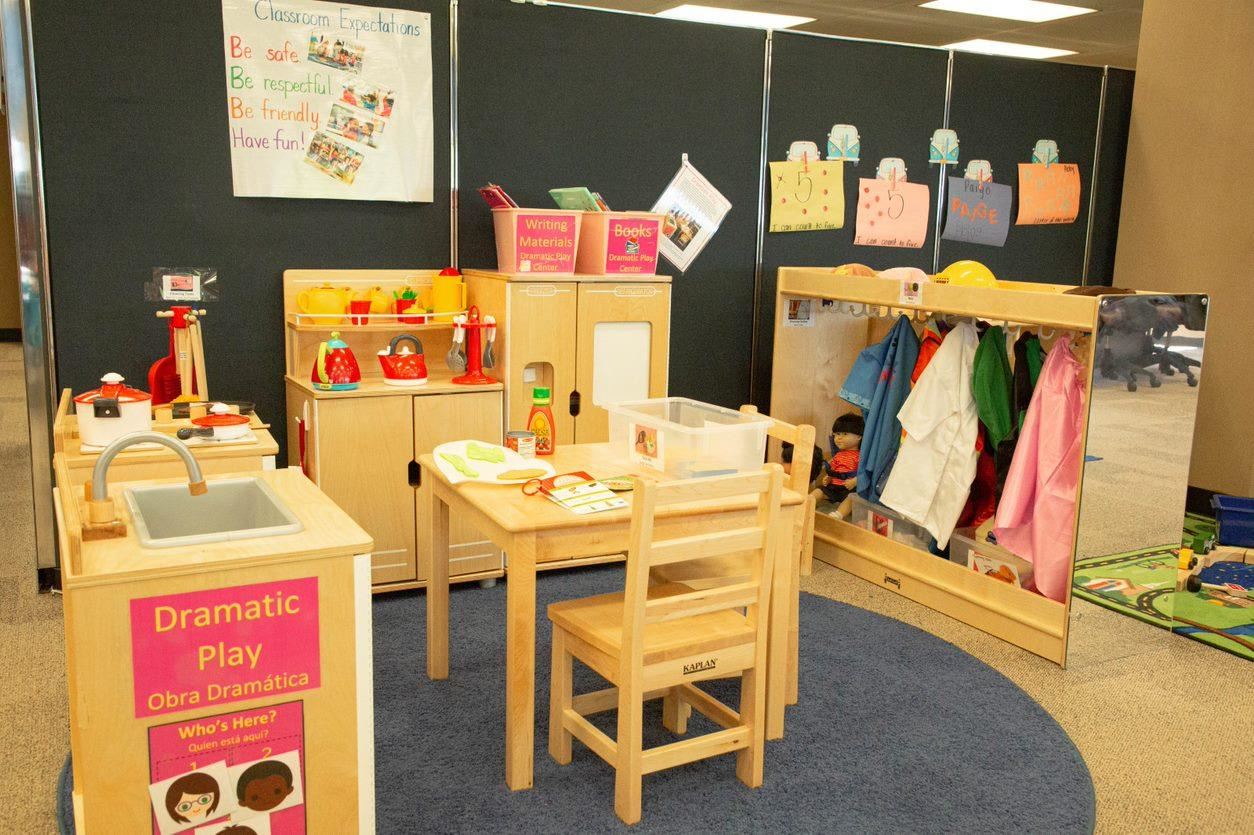
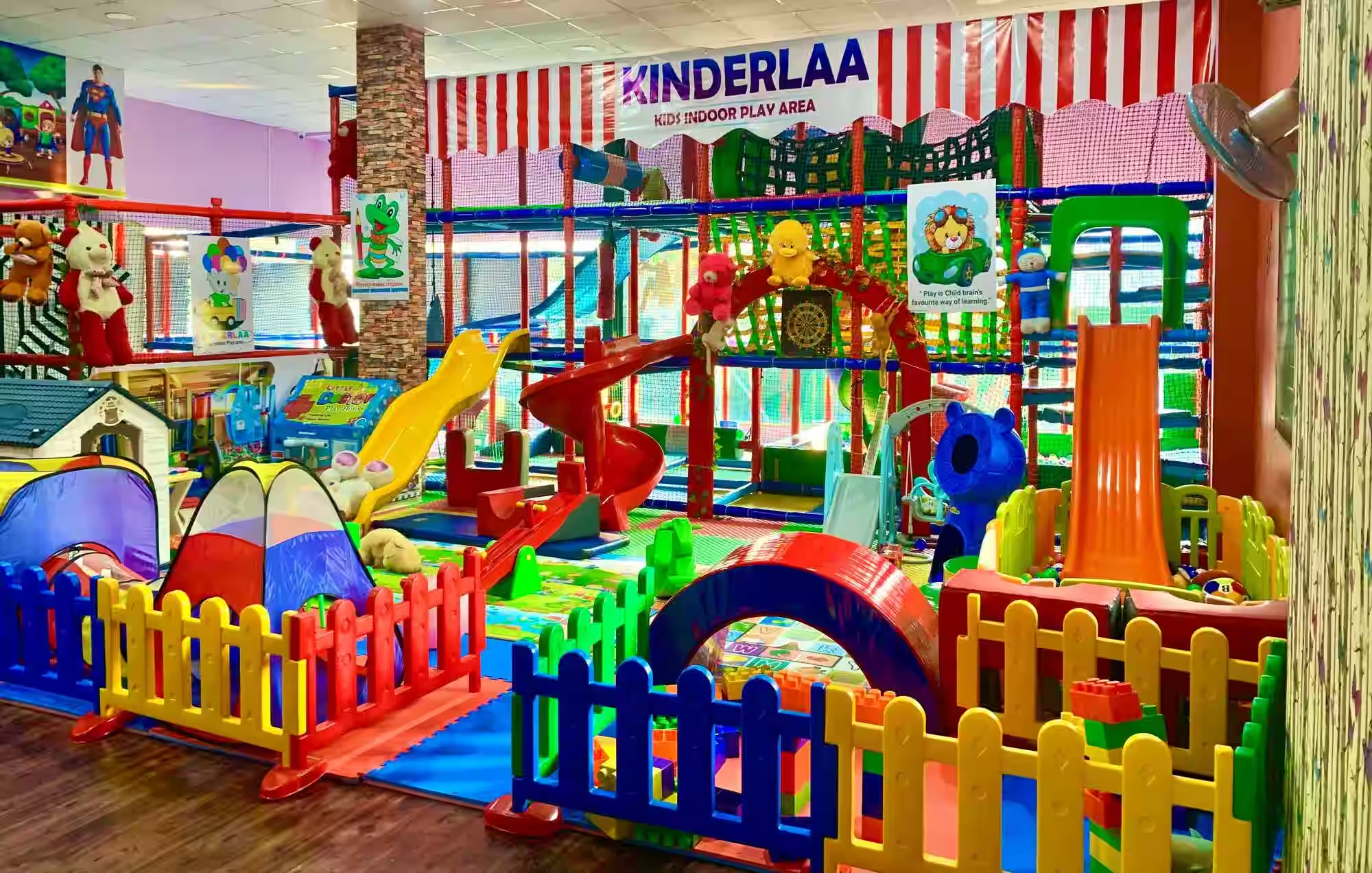
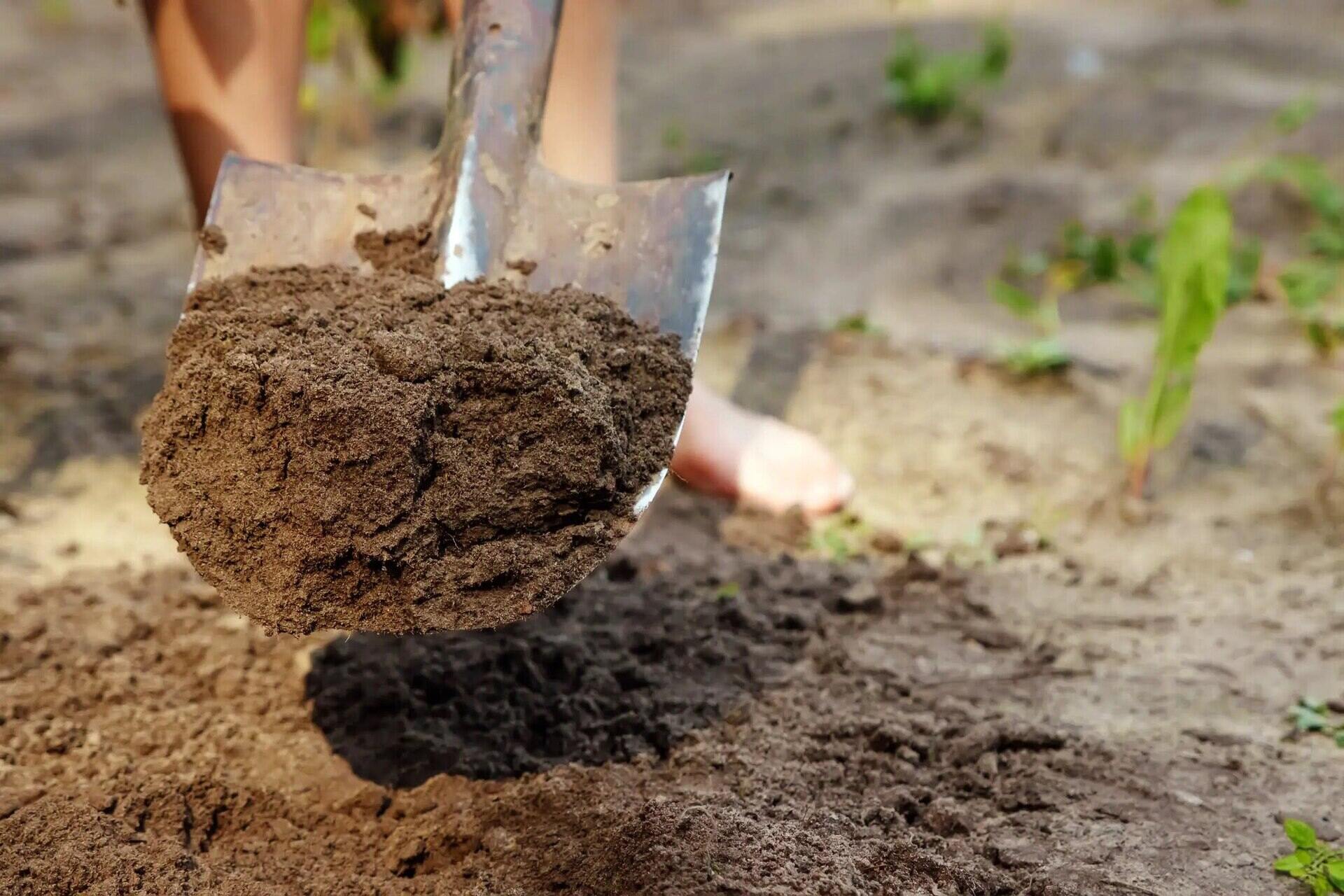
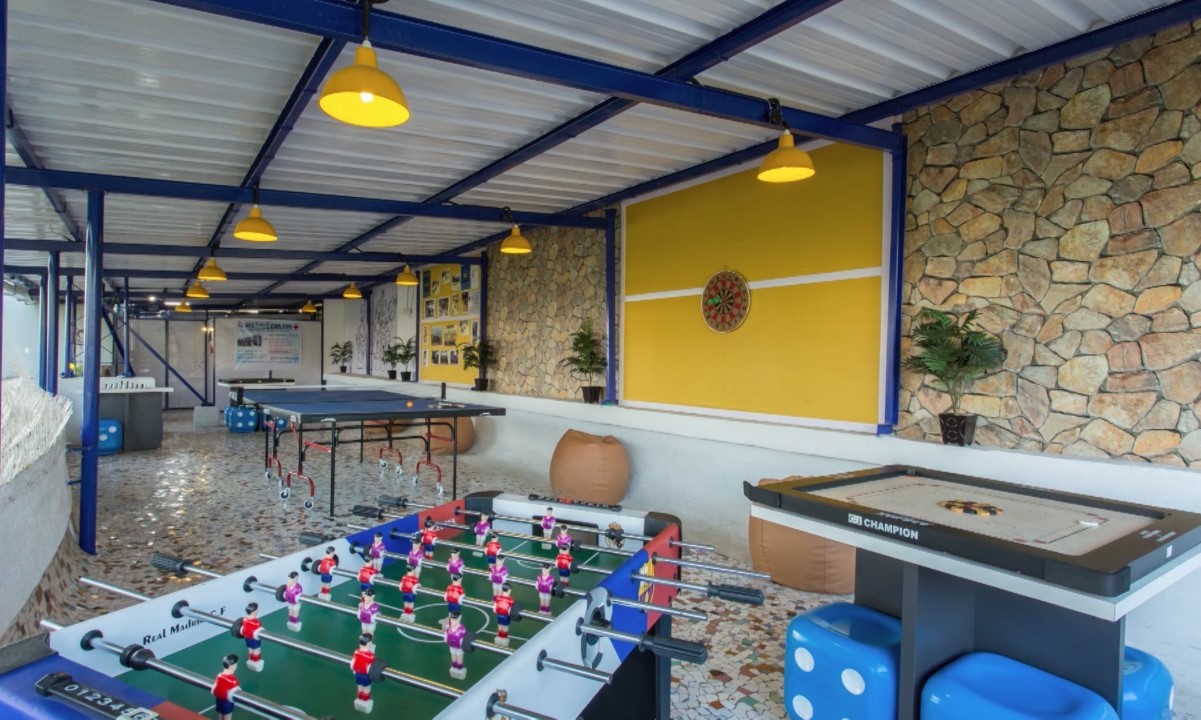
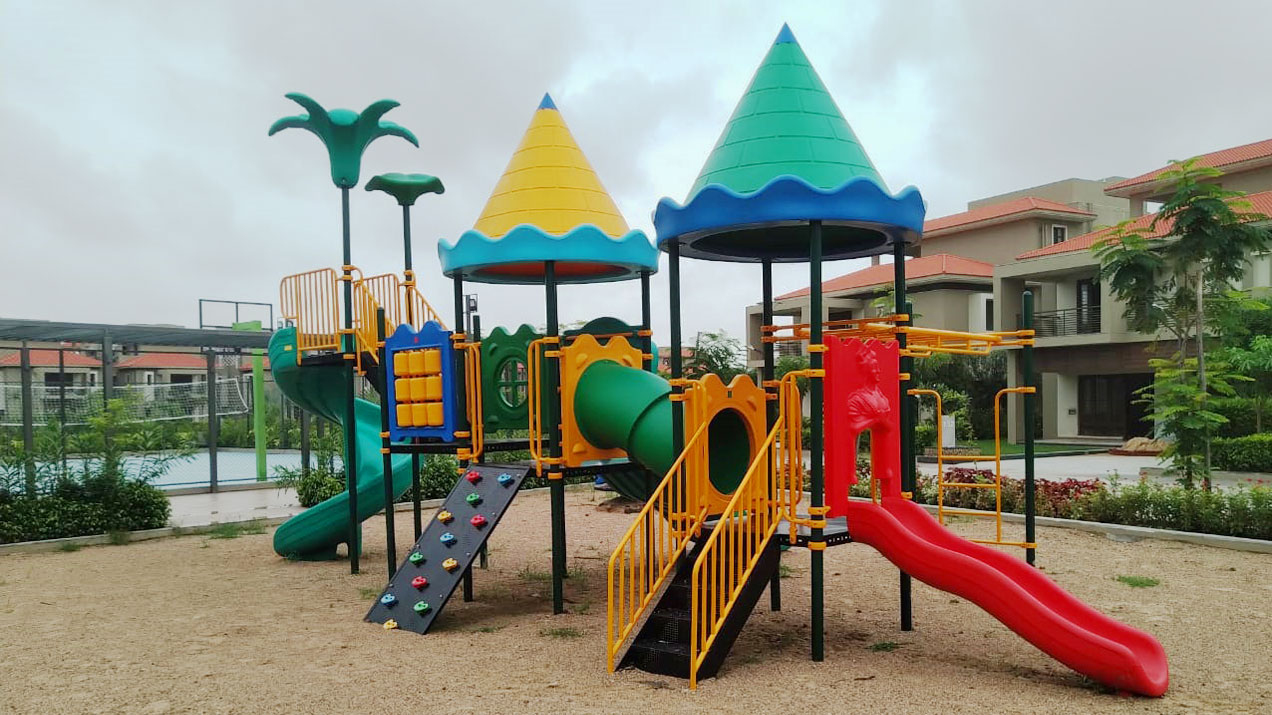
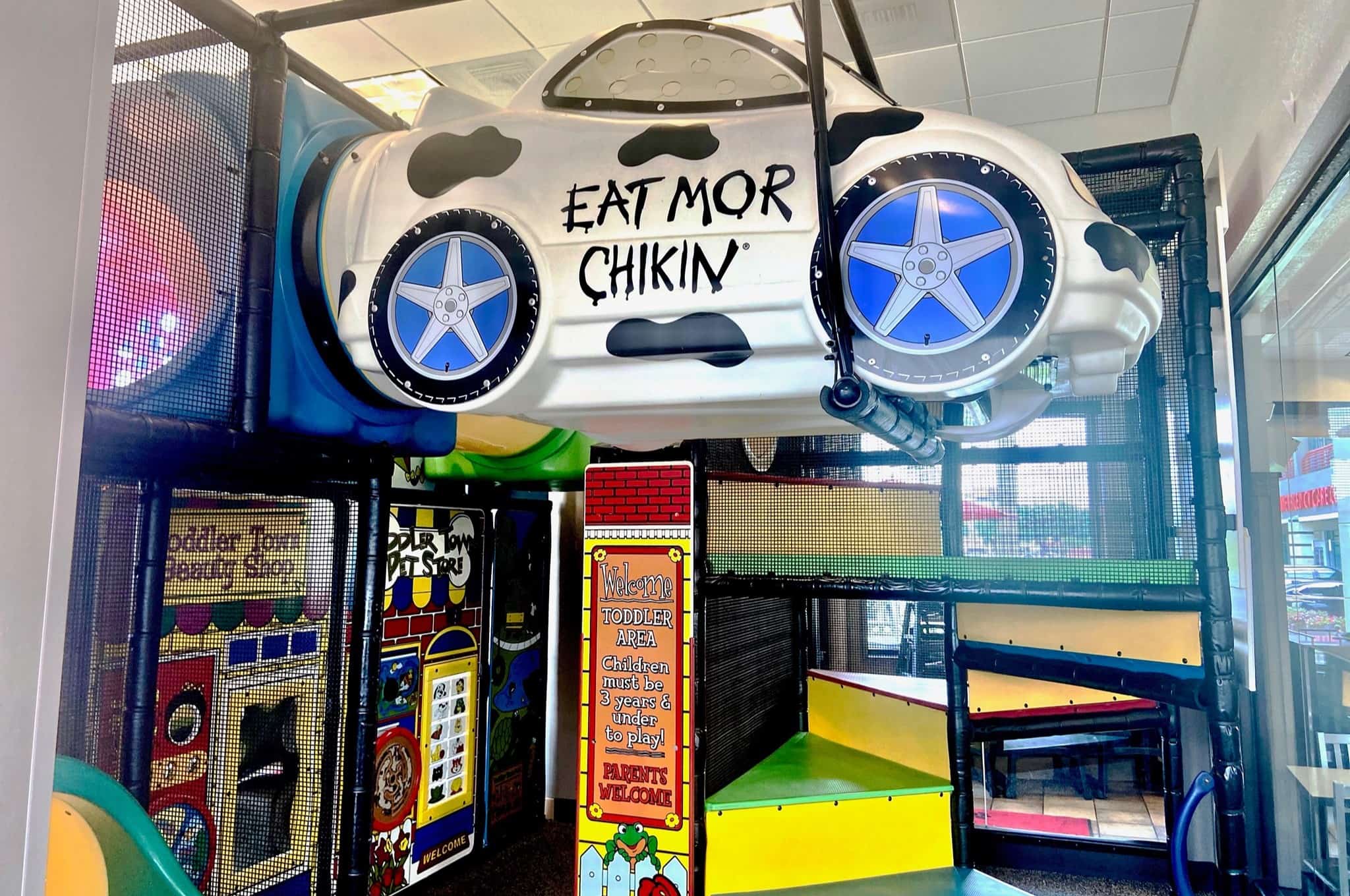
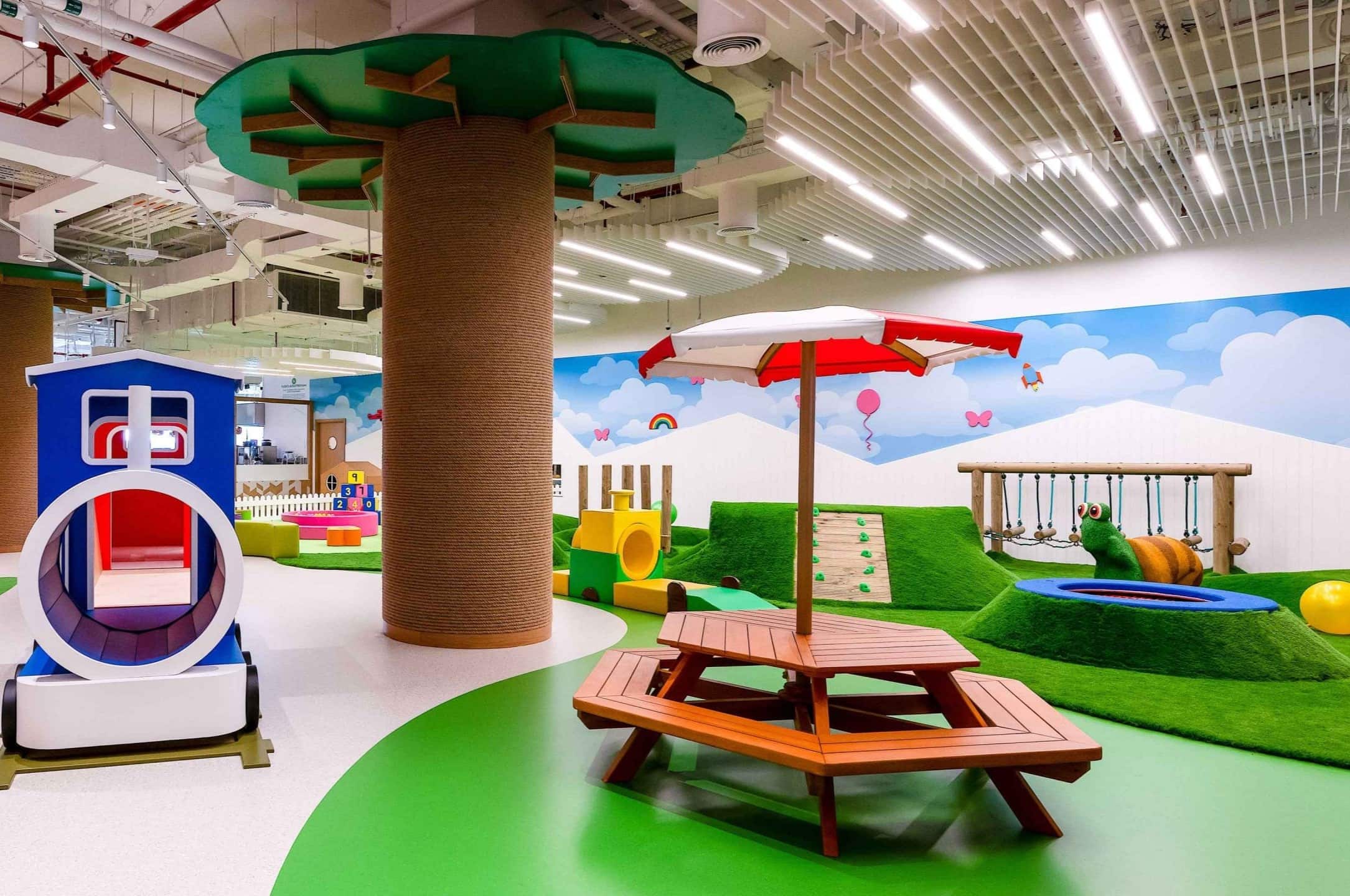

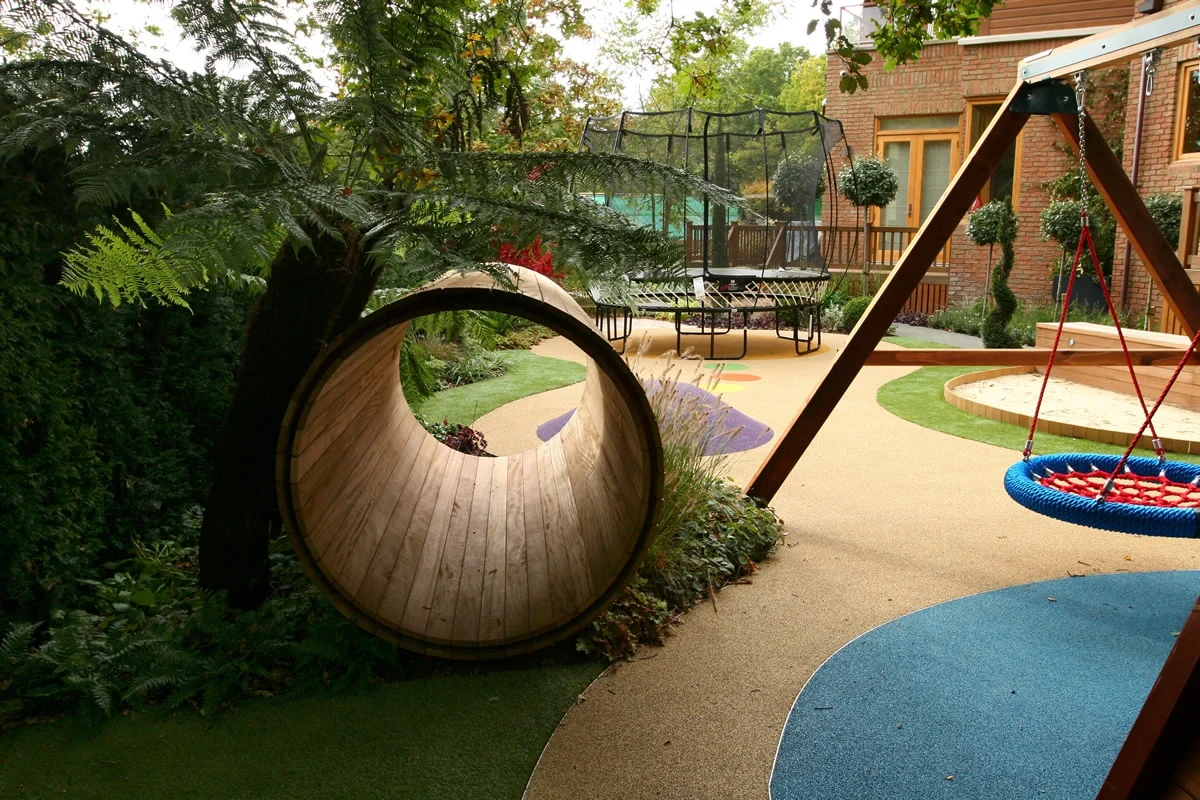

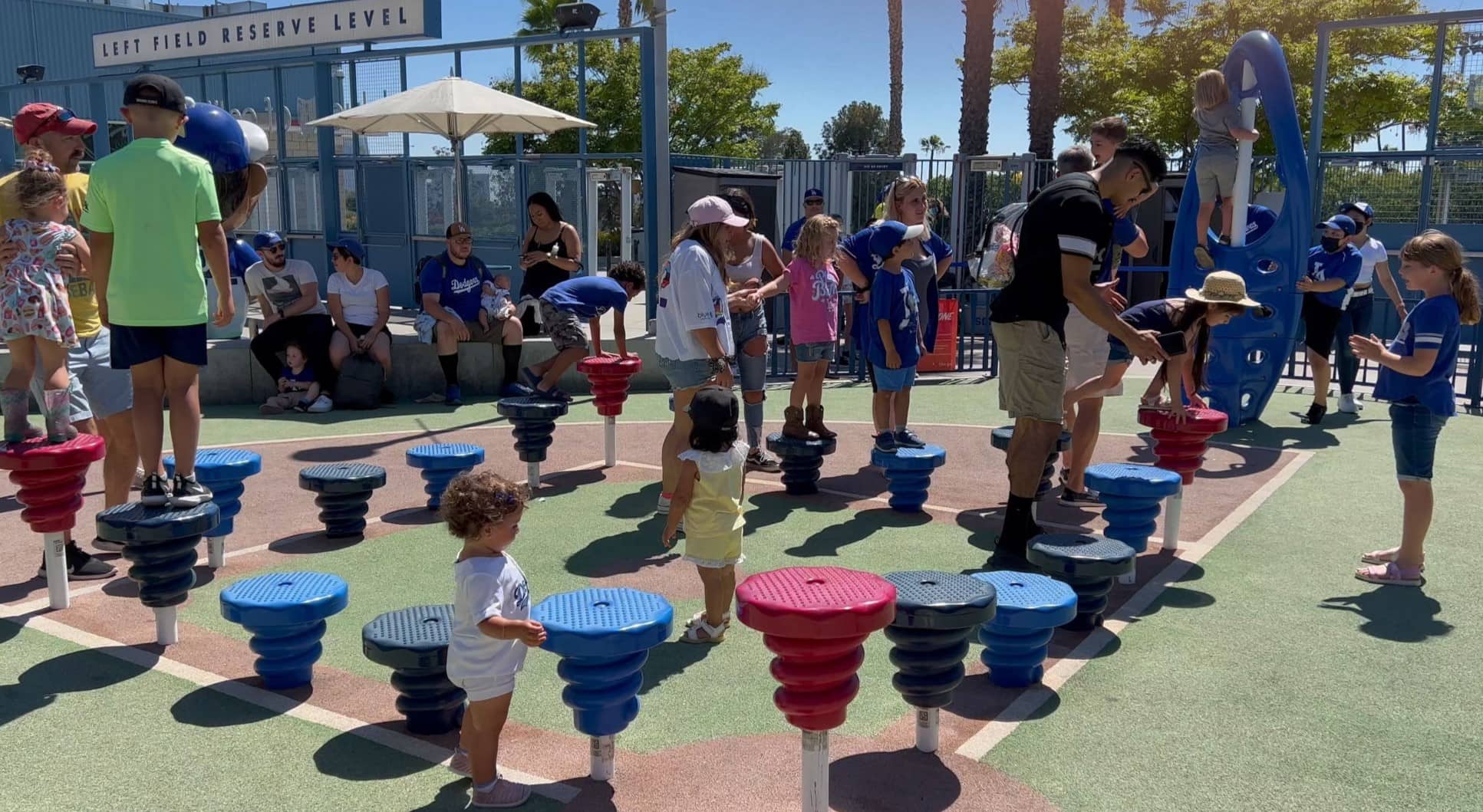

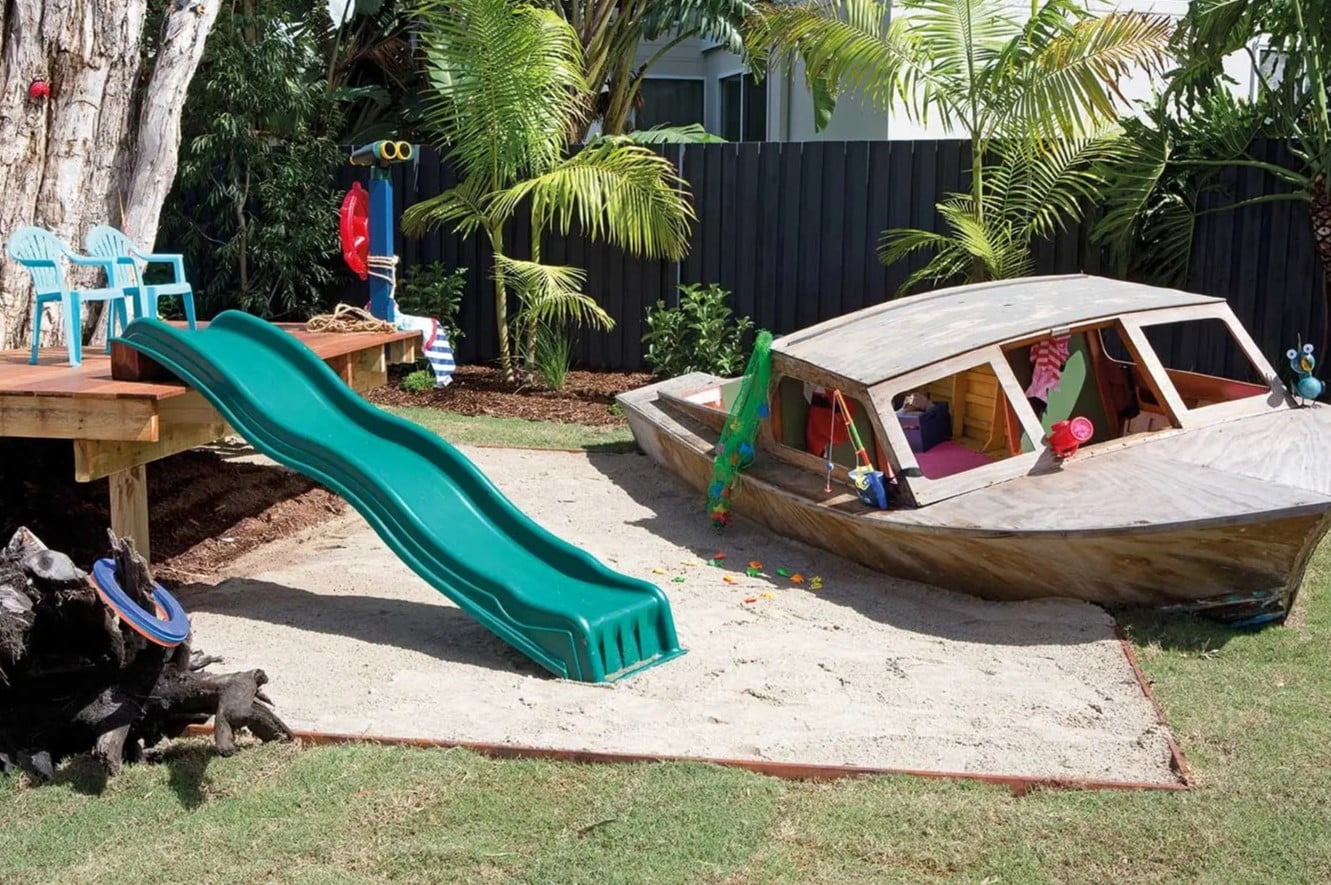
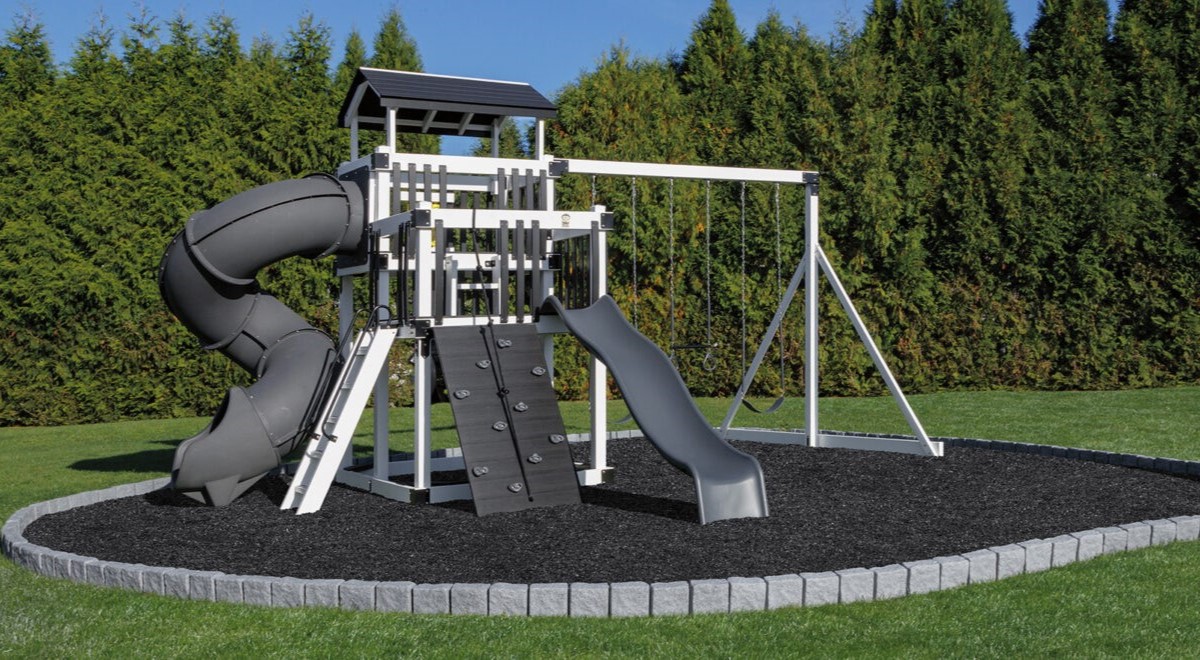

0 thoughts on “What Kind Of Sand For Kids’ Play Area?”